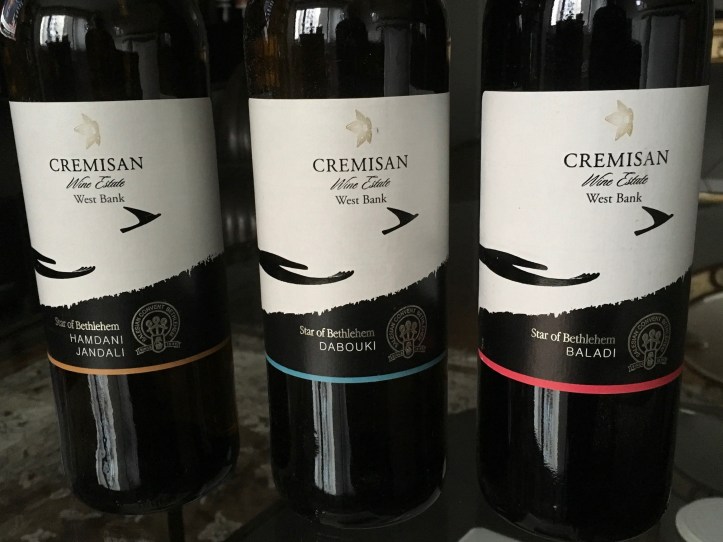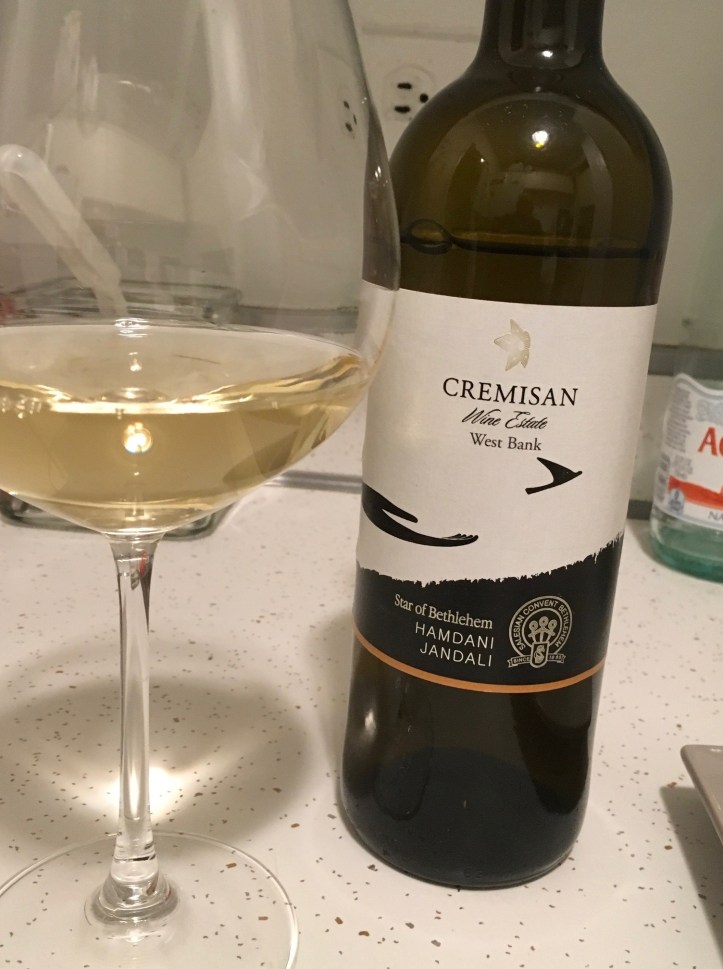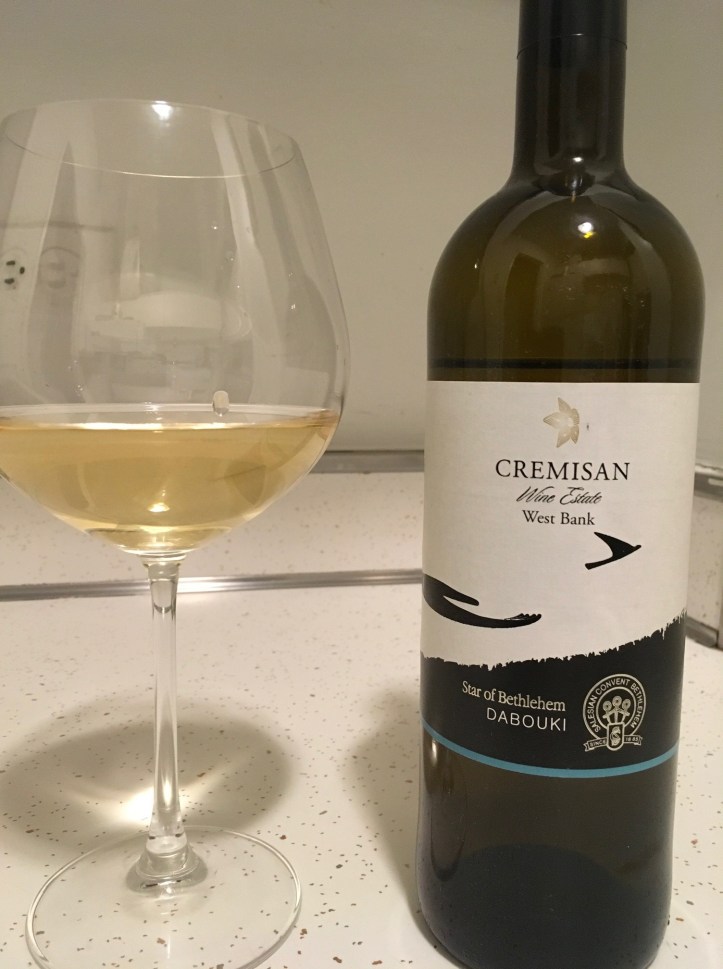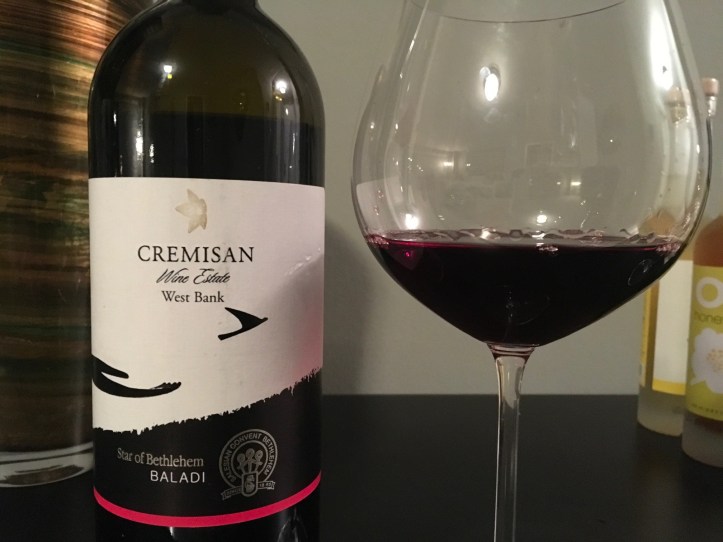Every year, cycling fans eagerly anticipate the first weekend in May: it signals the start of the Giro d’Italia, the first of the sport’s three Grand Tours (followed by the Tour de France in July, and the Vuelta a España at the end of August.) While there are many other races on the professional bike racing schedule, these three stand out for a few reasons:
- They’re long. Each race comprises 21 stages spread over three weeks. The peloton gets two rest days during that period. Two.
- They’re tough. Each stage (except for time trials) covers about 100 miles of racing, give or take a few. Some days are brutal routes through the mountains; others are flat courses. They’re all difficult.
- They’re bigger than one athlete’s ability. While an individual rider must be prepared both physically and mentally, success in a Grand Tour depends on the condition and cohesion of the entire team. No one rides perfectly every day, underscoring the importance of the domestiques, or teammates whose job is to shepherd the leaders to victory.
- They’re legendary. The most beloved champions in the sport have claimed dramatic wins in at least one Grand Tour; a few have done so multiple times. No one in recent history has won all three in a single season.
- They’re magnets for crazy fans who camp out for days, waiting for the race to pass by. They dress in costumes or, perhaps, in nothing at all. Sometimes the sidelines are as attention-worthy as the race itself.
- They’re great excuses to talk about wine. That’s right, the three Grand Tours motor through some of Europe’s most famous vineyards. In this year’s Giro, the peloton will pedal up the slopes of Mt. Etna (an active volcano) home to grapes like Nerello Mascalese. Later stages take us to the traditional-method sparkling region of Franciacorta. Every day brings another tasting opportunity!
Why Start the Race in Israel?
It’s not unusual for a Grand Tour to start outside the home country’s borders: the Tour de France has kicked off in England, and the Vuelta 2017 departed from southern France. But it is the first time a Grand Tour has begun outside of Europe.
And 2018 welcomes its first Israeli team to the peloton: Israel Cycling Academy. The team is a partnership founded by Ron Baron, an investor and philanthropist, and Sylvan Adams, who was an age-group masters champion in Canada before moving to Israel. Their mission is simple:
Israel Cycling Academy is dedicated to giving young riders from countries without a strong road cycling tradition the opportunity to fulfill their potential as professional cyclists. We furthermore aim to showcase Israel as a worthy sporting and tourist destination.
I watched a couple of their riders in the spring classic races, and they were impressive. It should be exciting to follow their progress through the team’s first Grand Tour.
Stages 1-3 – Individual Time Trial Followed by Two Flat Stages
A time trial means every man for himself – the only day over the next three weeks where each rider races against the clock rather than his competitors. Good time trialists specialize in this hellish discipline, which requires skills combining the pure speed of a sprinter with the mental fortitude of the long-distance climber. Few riders excel in the time trial, but anyone dreaming of a podium placement in Rome must acquit himself reasonably well.
Since I’m writing this after having watched the stage, I can tell you about it. Tom Dumoulin of the Netherlands (and last year’s Giro champion) beat out second-place Rohan Dennis from Australia by – wait for it – TWO SECONDS! Yes, it was exciting, even for a time trial!
The next two days will likely favor the sprinters in the peloton, as the terrain is flat. Climbers in the group will anticipate the next few stages in Sicily, where the first mountain passes await. (Not to mention, an active volcano!)
Sip-Along Suggestion
One might assume I’d have trouble recommending a wine or two for enjoying along with the first three stages of the Giro. I can hear it now: “I mean, it’s the desert, right? It’s too hot for quality grapes to grow there. Give me a beer instead.”
Well, you know what they say about the word “assume” . . .
A few months back, I had the opportunity to sample some wines made in Jerusalem. And you know what? They kicked ass! They were delicious!

The Cremisan Wine Estate
Wine grapes have been grown in the Holy Land for nearly 4,000 years; today they are second only to olives in terms of economic importance. The Cremisan Wine Estate lies within a monastery established by the Salesian Order of Don Bosco back in 1885. Although its original mission was to care for European children adversely affected by the Industrial Revolution, the Order now works all over the world, spreading the teachings of its Italian founder, Saint Giovanni Bosco.
Despite the long history of the Cremisan Wine Estate, viticultural and vinicultural methods are decidedly modern – a complete overhaul of the premises was undertaken in 1997, and all plots are farmed organically. More recently, flying winemaker Ricardo Coltarello, originally from Umbria, Italy, was added to the production team. He brings a wealth of experience to the project, namely the success of his winery in Falesco.
By far the most intriguing aspect of these wines, though, is the use of autochthonous grape varieties. (FYI, autochthonous is just a fancy way of saying “native.”) When I received the three sample bottles from Terra Sancta Trading Company, I glanced at the labels: Hamdani, Dabouki, Badali. I had no idea whether they were the names of vineyards, grapes, or blends! I researched a little further, reading some of the background materials that came with the wine. As best as anyone can tell, all of the grapes are native to the region, and have been grown there for centuries. Cool, right?
I have to admit I was interested in the wines but didn’t know if they would float my boat. Isn’t the climate too warm in the middle east to make balanced, refreshing wines? I mean, it’s a desert for goodness’ sake! That might be true, save for one key thing: elevation. All of the vineyards lie on steep, terraced slopes, at about 800 meters high. That gives them the benefit of cooler temperatures as well as shelter provided by neighboring hillsides.

2012 Cremisan Wine Estate West Bank Hamdani/Jandali (13.5% abv; SRP about $20)
The first of the wines I tried was a blend of two grapes: Hamdani and Jandali, both native to the region. A swirl of the glass released aromas of lemon, apple, and peach, followed by a distinct chalky note. On the palate there was delicate white peach, citrus zest, and that chalk again. The wine was medium-bodied, with medium acidity and a long finish that called up notes of almond and dried apricot. Were I tasting this blind I’d have pegged it as an Albariño from the O Rosal subzone of Rías Baixas. Lovely wine!

2014 Cremisan Wine Estate West Bank Dabouki (12% abv; SRP about $20)
I love that Dabouki translates to “sweetness” in Arabic, although this wine was not sweet at all. On the nose it offered up notes of citrus and ripe pear, both of which delivered on the palate. There was a touch of grapefruit-like bitterness on the finish but I found it refreshing. A light, crisp wine that was a hit with chicken kebabs.

2014 Cremisan Wine Estate West Bank Baladi (13.5% abv; SRP about $20)
The only red of the group, this wine was a real surprise. I’m not sure what I was expecting, but this charming wine surpassed it. Baladi means “native” in Arabic, tribute to its ancient role in winemaking through the centuries. In the glass the wine’s color was pale to medium intensity, and it was very aromatic. I got hints of cranberry, raspberry, and thyme, A sip revealed tangy sour cherry, pomegranate, and a faint peppery bite. At once both fruity and savory, the Baladi reminded me of Sangiovese; the sour red fruit and herbs, plus the tart acidity made me sure I’d tasted it before, although I knew I had not.
To read more about my food pairings with these wines, please check out my previous post.
How to Find These Wines
If you’re interested in learning more about these wines, visit the website for the importer, Terra Sancta. Many thanks to Jason Bajalia for offering me the chance to experience wines I might never have stumbled across on my own. I’m really looking forward to revisiting them later this summer, when Jason and Cremisan Wine Estate join the #winestudio program.
Enjoy the Giro! And, as the peloton passes by, why not toast the riders with a glass of wine made in the Holy Land?
Cheers!
Thanks for the reminder, two seconds is pretty close,
LikeLiked by 1 person
Especially considering he is from home town. 😊
LikeLiked by 1 person
Are you talking about Rohan Dennis? He did well today; took the maglia rosa from Dumoulin. Probably will keep it thru tomorrow as it’s another sprint stage. 🥂🚴♂️
LikeLike
[…] Swirling Dervish profiles the wines of Israel’s The Cremisan Wine Estate while setting the stage for Giro d’Italia, the first of cycling’s Grand Tour […]
LikeLike